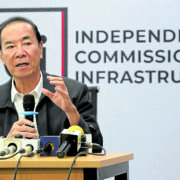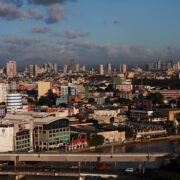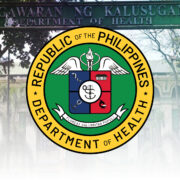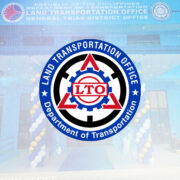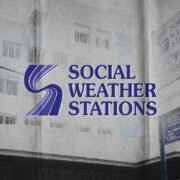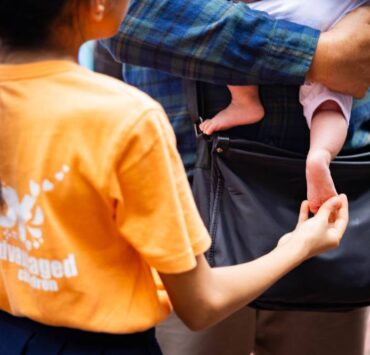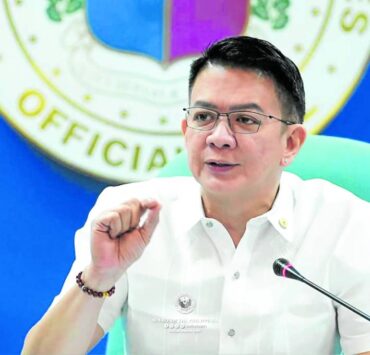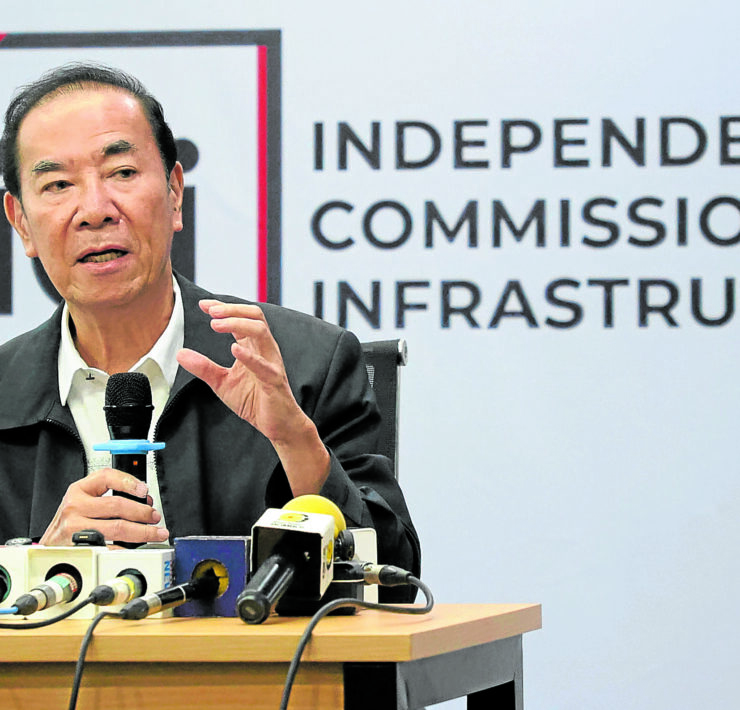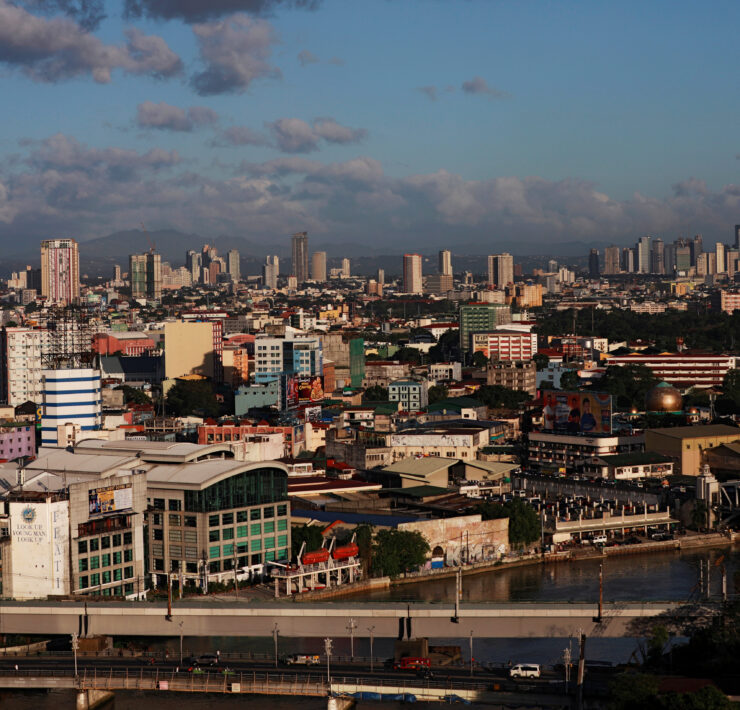Over 5,000 aftershocks since Cebu quake
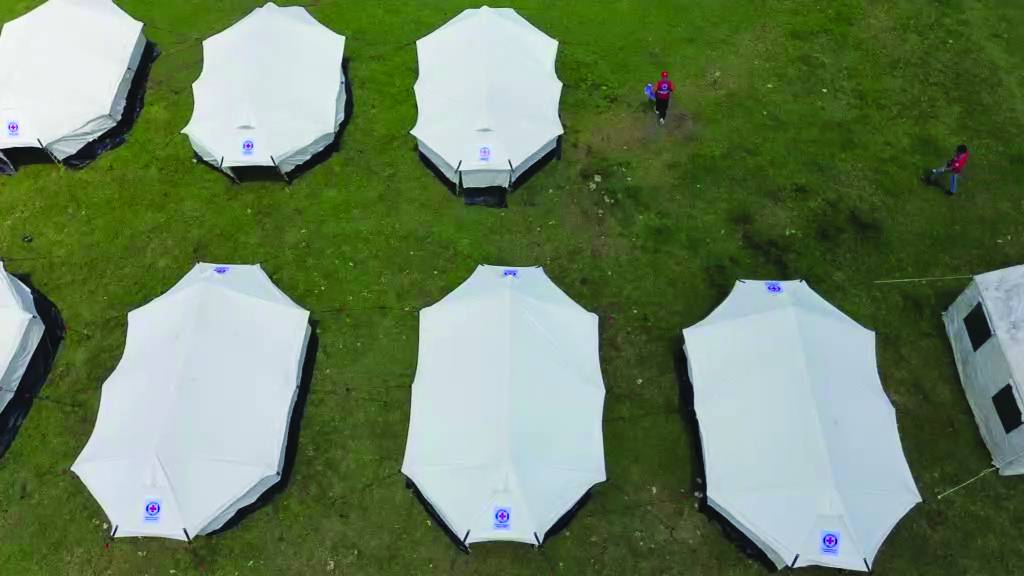
The Philippine Institute of Volcanology and Seismology (Phivolcs) has warned that aftershocks from the magnitude 6.9 earthquake that jolted northern Cebu on Sept. 30 could persist for weeks.
As of 2 p.m. on Saturday, the number of aftershocks it recorded had reached 5,336, Phivolcs said in a Viber message to reporters. Of these, 22 were felt, while 1,038 were plotted. Their magnitude ranged from 1.0 to 5.1.
It advised the public to stay vigilant “for strong aftershocks, secure their homes, know evacuation routes, and rely only on official sources for updates and safety instructions.”
Fault line
Phivolcs has also located the “onland extension of the newly-named Bogo Bay Fault” that generated the earthquake in Sitio Looc, Brgy. Nailon, Bogo City.
“The team observed fault scarps, open cracks, and small pressure mounds within a 2-meter-wide deformation zone,” it said in a statement on Friday.
“Initial field mapping recorded about 200 meters of surface rupture, while drone surveys revealed the fault may extend up to 1.5 kilometers, showing signs of right-lateral movement,” it added.
It said its response team continues to conduct field verification to determine the full extent of the rupture.
Many residents in Bogo City, the epicenter of the quake, have opted to remain outdoors due to the aftershocks, prompting the provincial government to provide tents for them.
Rescue workers from the Philippine National Police, Philippine Red Cross and the Department of Public Works and Highways worked through Friday night to set up 30 tents that were completed by early Saturday.
Death toll
The death toll from the quake was again adjusted and pegged at 70, the Office of Civil Defense (OCD) reported on Saturday.
OCD Deputy Spokesperson Diego Agustin Mariano told reporters via correspondence that Bogo City recorded the highest number of fatalities with 32, followed by San Remigio (15), Medellin (14), Tabogon (six), and one each in Sogod, Tabuelan and Borbon.
According to the latest situational report of the National Disaster Risk Reduction and Management Council (NDRRMC), at least 559 people were injured.
Mariano said the highest numbers were reported in Bogo (180) and Tabogon (150), followed by San Remigio (86), Medellin (66), Tabuelan (20), Daanbantayan (29), San Francisco (14), Borbon (8), Catmon (4), and Carmen (2).
400 families in shelters
The NDRRMC said the quake affected 128,294 families, or 457,554 individuals, across Cebu. Of these, 407 families or 1,347 individuals were staying in four evacuation centers, while 7,942 families or 25,291 individuals were being assisted outside shelters.
Authorities also reported 18,154 damaged houses and 533 affected infrastructure facilities, although the total cost of damage was still being assessed. Seven road sections and 14 bridges were affected, with three roads and six bridges remaining impassable.
A total of 53 cities and municipalities have declared a state of calamity, enabling local governments to access emergency funds for relief and recovery.
Government agencies and humanitarian partners have provided P36.1 million worth of assistance to affected families, the NDRRMC said.
Airlifted
Aid has begun to reach some of the remote areas and islets in northern Cebu amid growing frustration among residents that not enough food and water were getting to them.
On Tuesday, 700 relief packs from the Department of Social Welfare and Development were airlifted to Carnaza Island, Daanbantayan, on the northern tip of the province. Close to 700 families live on the island.
Cebu Gov. Pamela Baricuatro asked for understanding from residents of the stricken areas, acknowledging there were delays in delivering much sought assistance mainly because of the traffic congestion involving long lines of vehicles bound for northern Cebu.
Overwhelming trauma
Cebu Rep. Sun Shimura said families in affected towns remained in dire need of immediate relief, particularly food and clean water.
“If the houses are not destroyed, our emotions are—the trauma people are experiencing is overwhelming. Trauma cannot be easily addressed,” Shimura said.
He added that families and children should not be left to beg for survival, reacting to news reports and social media posts about survivors lining the roads begging for help.
Shimura represents the fourth district, composed of Bogo City and the adjacent municipalities of Bantayan, Daanbantayan, Madridejos, Medellin, San Remigio, Santa Fe, Tabogon and Tabuelan.
Help from Negros
Among those who have responded to the provincial government’s call for assistance was the One Negros Response Team, which arrived in Cebu on Friday night.
It brought essential supplies, including mobile water filtration systems, two water tankers, two ambulances, a rescue truck and medical aid, Negros Occidental Gov. Eugenio Jose Lacson said.
Those who arrived were responders from the Negros Occidental Provincial Disaster Risk Reduction and Management Office and the cities of Sipalay, San Carlos and Silay, according to Irene Bel Ploteña, Provincial Disaster Risk Reduction Management Office head.
They joined other responders from the cities of Talisay, Cadiz and Escalante who arrived in Cebu earlier.—WITH REPORTS FROM GABRYELLE DUMALAG, LEO UDTOHAN AND CARLA P. GOMEZ




